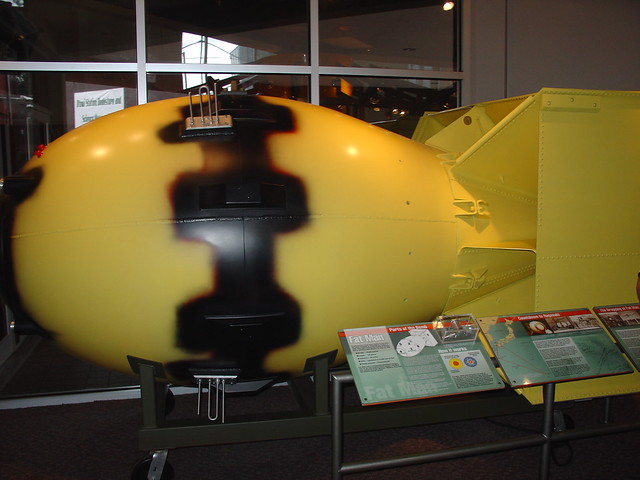http://pdxintelligencer.com/breaking-government-spraying-entire-city-portland-crystaline-dhmo/
Massive quantities of pure, frozen crystaline DHMO are literally raining down from the heavens above Portland. So much crystal DHMO is being sprayed onto the northwestern city that the sky has reportedly been blotted out — the sun and clouds rendered invisible by the relentless white spray, presumably being projected from unseen drone aircraft at a wifi-enabled altitude.Eyewitness: I can definitely verify the presence of dihydrogen monoxide exposure at massive levels.

Every night of the Kentucky All State Choir conference at about
11pm, everyone comes out to the balconies of the 18 story Hyatt
Louisville Hotel to sing the National Anthem. Here is one
performance from 2013.




